Search
02332 RELATIONSHIPS BETWEEN ELECTROCHEMICAL NOISE, PIT DEPTH, AND PIT DENSITY IN METALLIC ALLOYS EXPOSED TO 3.5 WT% NACL SOLUTIONS
Also Purchased
02288 EVALUATION OF INHIBITOR PERFORMANCE FOR PROTECTION AGAINST LOCALIZED CORROSION
Product Number:
51300-02288-SG
ISBN:
02288 2002 CP
Publication Date:
2002
$20.00
02329 MEASURES FOR THE IDENTIFICATION OF LOCALIZED CORROSION FROM ELECTROCHEMICAL NOISE MEASUREMENTS
Product Number:
51300-02329-SG
ISBN:
02329 2002 CP
$20.00
02274 EFFECTIVENESS OF CORROSION INHIBITORS IN RETARDING PROPAGATION OF LOCALISED CORROSION
Product Number:
51300-02274-SG
ISBN:
02274 2002 CP
Publication Date:
2002
$20.00




